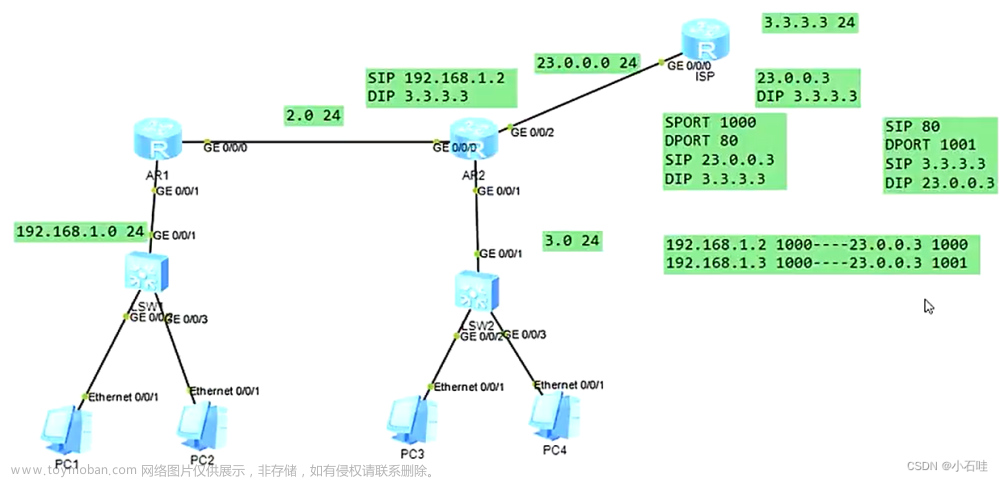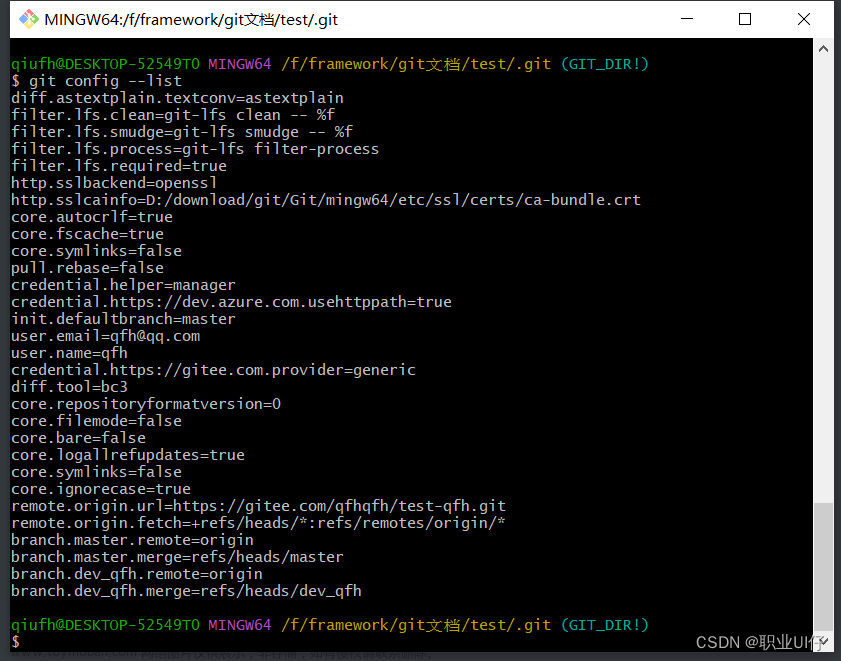Linux文件管理命令集(rm指令篇)
如下为笔者总结出在linux中最常用的rm指令集
🌟希望能够帮助正在Linux路上奋斗的你🌟
3. rm(remove)
删除文件或目录
rm filename.py
#删除文件filename.py
rm -r [directory]
#删除文件目录[directory]及其内容
| 短选项 | 长选项 | 描述 |
|---|---|---|
-f |
--force |
忽略不存在的文件,不给出提示 |
-i |
--interactive |
进行交互式删除操作,删除前逐一询问确认 |
-r |
--recursive |
将指定目录及其子目录递归删除 |
-v |
--verbose |
显示指令执行过程 |
-I |
--ignore-missing |
忽略不存在的文件和参数错误 |
-R |
--recursive,--r |
将指定目录及其子目录递归删除,删除时不提示 |
-- |
--help |
显示帮助信息 |
-- |
--version |
显示版本信息 |
下述为rm命令详细选项(--help)
Usage: rm [OPTION]... [FILE]...
Remove (unlink) the FILE(s).
-f, --force ignore nonexistent files and arguments, never prompt
-i prompt before every removal
-I prompt once before removing more than three files, or
when removing recursively; less intrusive than -i,
while still giving protection against most mistakes
--interactive[=WHEN] prompt according to WHEN: never, once (-I), or
always (-i); without WHEN, prompt always
--one-file-system when removing a hierarchy recursively, skip any
directory that is on a file system different from
that of the corresponding command line argument
--no-preserve-root do not treat '/' specially
--preserve-root do not remove '/' (default)
-r, -R, --recursive remove directories and their contents recursively
-d, --dir remove empty directories
-v, --verbose explain what is being done
--help display this help and exit
--version output version information and exit
By default, rm does not remove directories. Use the --recursive (-r or -R)
option to remove each listed directory, too, along with all of its contents.
To remove a file whose name starts with a '-', for example '-foo',
use one of these commands:
rm -- -foo
rm ./-foo
Note that if you use rm to remove a file, it might be possible to recover
some of its contents, given sufficient expertise and/or time. For greater
assurance that the contents are truly unrecoverable, consider using shred.
GNU coreutils online help: <http://www.gnu.org/software/coreutils/>
Full documentation at: <http://www.gnu.org/software/coreutils/rm>
or available locally via: info '(coreutils) rm invocation'
***********************************************************
***********************************************************
使用方法:rm [选项]... [文件]...
删除(unlink)FILE(S)。
-f, --force 忽略不存在的文件和参数,不要提示
-i 在每次删除之前提示
-I 在删除超过三个文件或递归删除时提示一次。比-i less intrusive,并且仍然对大多数错误提供保护。
--interactive[=WHEN] 根据 WHEN 提示:never、once (-I) 或 always (-i)。如果没有 WHEN,就始终提示。
--one-file-system 递归删除层次结构时,跳过任何与相应命令行参数所在的文件系统不同的目录。
--no-preserve-root 不将'/'视为特殊情况。
--preserve-root 不删除'/'(默认)
-r, -R, --recursive 递归删除目录及其内容
-d, --dir 删除空目录
-v, --verbose 解释正在进行的操作
--help 显示此帮助信息并退出
--version 输出版本信息并退出
默认情况下,rm 不会删除目录。 使用 --recursive(-r 或 -R)选项来连同所有内容一起删除每个列出的目录。
要删除名称以 '-' 开头的文件,例如 '-foo',请使用以下命令之一:
rm -- -foo
rm ./-foo
请注意,如果使用 rm 删除文件,则可能会恢复其中的某些内容,如果具备足够的专业知识和/或时间。 为了更好地保证内容无法恢复,请考虑使用 shred。
GNU 核心实用程序在线帮助:http://www.gnu.org/software/coreutils/
完整的文档见:http://www.gnu.org/software/coreutils/rm
或者在本地使用 info '(coreutils) rm invocation' 查看。
1. 删除文件
删除单个或多个文件
rm file1.txt file2.txt
2. 强制删除文件
即使文件属性为只读也可以直接删除,无需确认
rm -f file.txt
3. 提示确认,删除前需逐一询问是否确认删除
rm -i file.txt
4. 递归删除目录下的文件和目录
文件名重合会覆盖目标文件而不提示文章来源:https://www.toymoban.com/news/detail-430030.html
rm -r directory/
5. 不提示确认,直接删除目录下的所有内容
rm -rf directory/
6. 在执行删除之前显示警告信息,如“要删除文件吗?”
当文件名重合时不覆盖目标文件文章来源地址https://www.toymoban.com/news/detail-430030.html
rm -w file.txt
7. 显示删除进度
rm -v file.txt
8. 删除隐藏文件或目录
rm -r .directory/
9. 不删除文件夹下的子目录
rm -d directory/*
10. 在删除前进行预览,并列出将要执行删除操作的文件列表
rm -l file.txt
到了这里,关于Linux命令集(Linux文件管理命令--rm指令篇)的文章就介绍完了。如果您还想了解更多内容,请在右上角搜索TOY模板网以前的文章或继续浏览下面的相关文章,希望大家以后多多支持TOY模板网!








